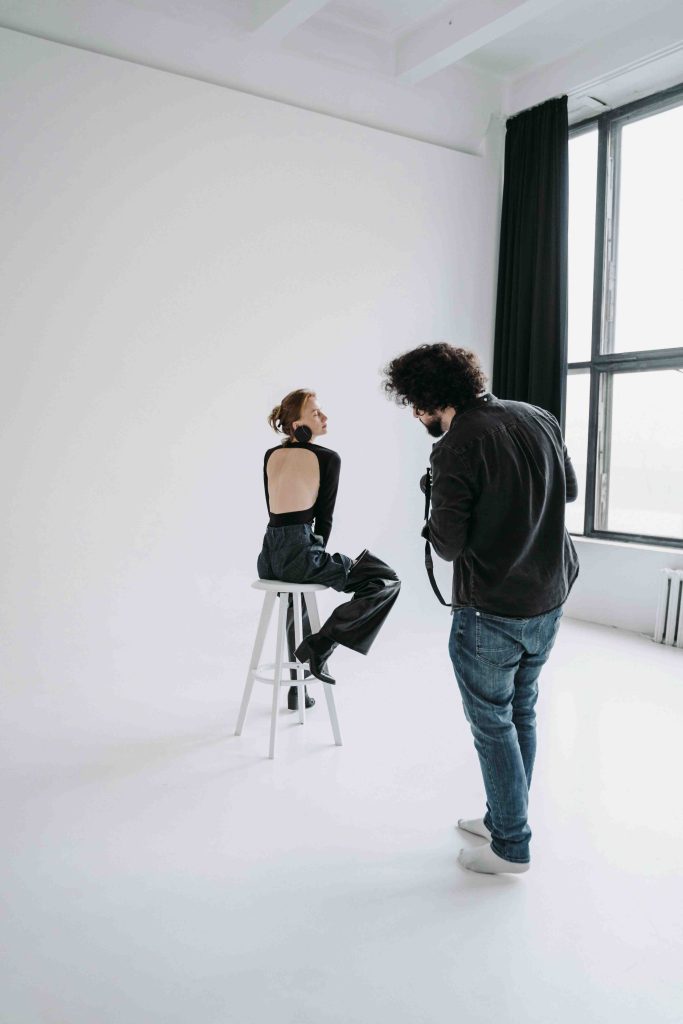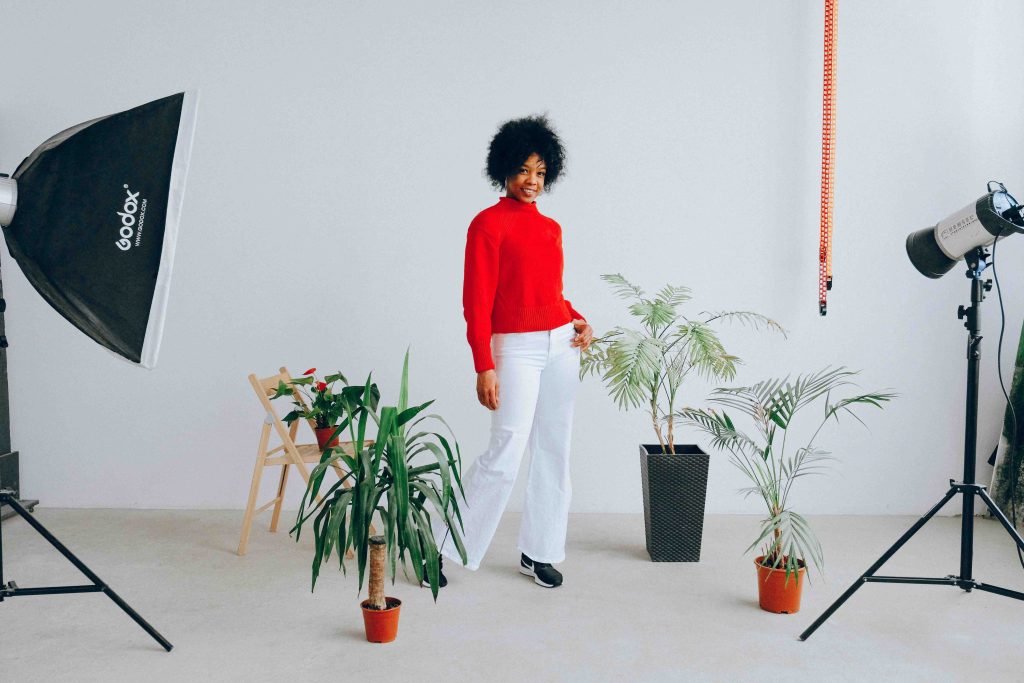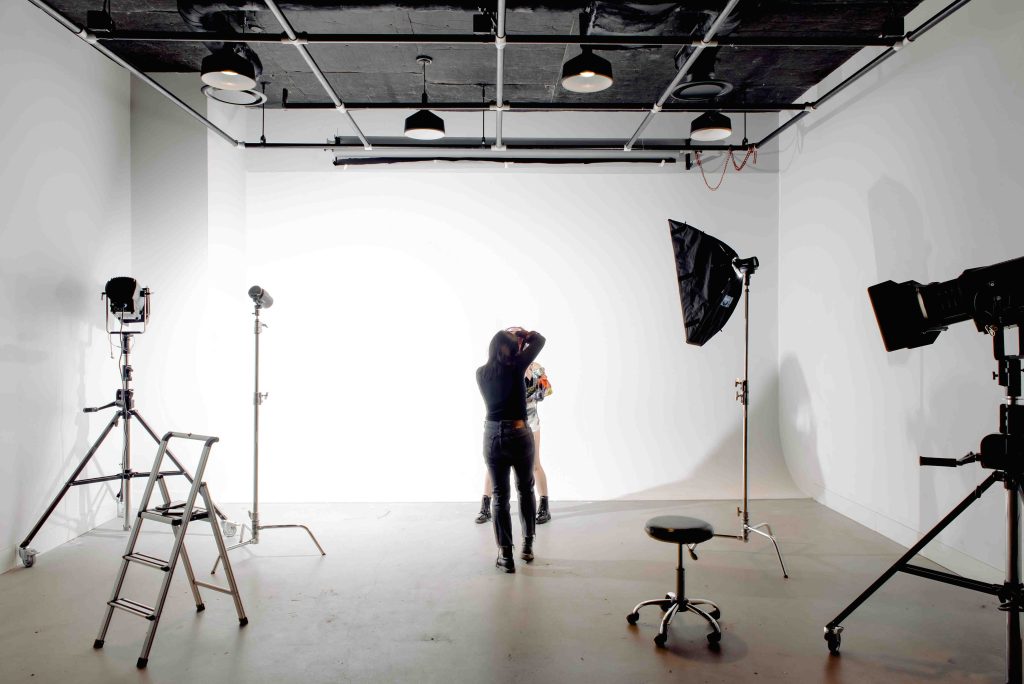How to shoot model photography
Model photography is a captivating genre that combines the skill of capturing the essence and beauty of human subjects with the technical prowess of photography. Whether you are an aspiring photographer looking to break into the fashion industry or a seasoned professional honing your craft, mastering the art of how to shoot model photography is a rewarding journey that requires creativity, communication, and technical expertise.

Understanding the Basics of model photography
Preparation:
Define the Concept: Clearly understand the concept or theme of the photoshoot. Whether it’s fashion, editorial, lifestyle, or something else, having a clear vision will guide your creative decisions.
Scout Locations: If shooting on location, scout potential spots beforehand. Consider the lighting, background, and overall ambiance to ensure they complement your concept.
Collaborate with the model: Discuss the concept, wardrobe, and any specific poses or expressions you have in mind. Ensure the model is comfortable with the vision and has input into the creative process.
Gear and Settings:
Choose the Right Equipment: Select a camera and lens combination suitable for portrait photography. A lens with a wide aperture (e.g., 50mm f/1.8) is often preferred for achieving a shallow depth of field and creating a pleasing background blur.
Optimal Camera Settings: Use aperture priority (or manual) mode to control depth of field. Set a low ISO (e.g., 100-400) for optimal image quality. Adjust shutter speed based on lighting conditions, ensuring it’s fast enough to avoid motion blur.
Consider using the camera’s portrait mode for a quick setup, especially if you’re just starting.


Technical Aspects of model photography
Lighting: Lighting plays a pivotal role in model photography. Experiment with natural light, studio lighting, or a combination of both to achieve different effects. Understanding the principles of lighting, such as the direction, intensity, and color temperature, is crucial for creating visually striking images.
Composition: Pay attention to composition techniques such as framing, rule of thirds, and leading lines. Experiment with angles to find the most flattering perspectives for your model. Keep in mind the balance between the model and their surroundings to maintain focus on the subject.
Camera Settings: Familiarize yourself with your camera settings, including aperture, shutter speed, and ISO. Adjusting these settings allows you to control depth of field, motion blur, and sensitivity to light, enabling you to capture the desired mood and style.
Posing Techniques:
Guiding Poses: While some models may be experienced and pose naturally, others may need guidance. Learn to direct and communicate effectively to achieve the desired expressions and body language. Encourage models to express themselves, fostering a sense of individuality in the photographs.
Candid Moments: Capture candid moments between poses to add authenticity to your model photography. These in-between moments often convey genuine emotions and can result in some of the most captivating images.
Post-Processing:
Editing Skills: Post-processing is a crucial step in model photography. Develop your skills in photo editing software to enhance colors, correct imperfections, and add creative effects. However, it’s essential to strike a balance and avoid over-editing, as authenticity remains key.
Consistency in Style: Establishing a consistent editing style across your portfolio can help define your brand as a model photographer. This cohesiveness makes your body of work recognizable and reinforces your unique artistic vision.
